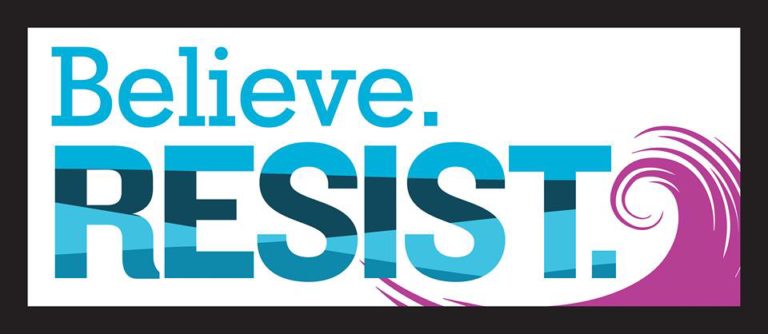President Donald Trump’s Executive Order on the Affordable Care Act (ACA) is a desperate cry for help. The order itself is a talking point that delivers on a talking point. It provides the appearance of acting on Day One without actually needing to have any idea what to do.
Still, the power of the Presidency is real. And in 2017, it’s a real threat. First, the order’s coded political-speak suggests that patients in many states should expect to pay more and get less. Second, it surrenders to the demands of the insurance industry. Third, it introduces even more uncertainty into our health care system; its ‘hack first, ask questions later’ approach suggests the administration’s approach will be careless, uneven, and unpredictable.
Seeing clearly through disinformation, word-fog, and tweet distractions has never been more important. Resistance demands clarity and focus (and a little bit of wonkiness). We’re asking you to read the details of what’s happening and to share this update with 5 friends who you know will act with you to save the Affordable Care Act. We won’t let misinformation deter us from acting.
Here’s a quick summary:
- In Section 1 of the Executive Order, President Trump opens the door to the deregulation of the interstate sale of insurance.
- In Section 2, he directs federal agencies, in broad terms, to go fix all the problems he’s been hearing about.
- In Section 3, he directs agencies to let states do things the Obama administration said ‘no’ to like: a) making patients pay more of the costs, b) providing less generous benefits packages, and c) creating work & drug-testing requirements for access to care.
Here are the people who are eager to share their proposals on how to dismantle the ACA without any real replacement: House Speaker Paul Ryan’s “Better Way for Health Care”, Rep. Tom Price’s “Empowering Patients First Act”, and Sen. Orrin Hatch’s “Patient Care Act”. They have a few things in common for those buying insurance as individuals or in small-groups:
1) Leveraging Pre-Existing Condition Denials: Instead of the individual mandate and the threat of a tax penalty, insurance companies could once again deny coverage due to pre-existing conditions if you do not maintain continuous coverage.
2) Allowing Bare-Bones Coverage: They would eliminate the ACA’s ten categories of essential health benefits – things like maternity care, mental health services, or hospitalization expenses.
3) Shrinking Subsidies: They would shrink premium subsidies overall and base them on age rather than ability to pay (though Hatch’s plan would also factor in income).
4) Charging Seniors More: The ACA allows insurers to charge older Americans up to three times more than young people for coverage. These three plans would allow them to charge five times more. (Rep. Price’s plan would eliminate the cap altogether.)
The semi-predictable outcome of these proposals is the growth of high-deductible health insurance that covers only some portion of catastrophic coverage. And then only after a family has paid between $2,600 and $13,100 out of pocket every year.
It doesn’t require a health economics PhD to know that these are not patient-friendly improvements. They will shift the risk and cost of health care back to the sickest and poorest Americans, both urban and rural, white and people of color. According the Department of Health and Human Services by March of 2016, 3 million African-Americans, 4 million Latinos, and nearly 9 million whites had gotten health insurance because of the ACA.
The new buzz-word is ‘access’. These regressive proposals are being packaged as a route to ‘universal access’ vs. ‘universal coverage’. They are being positioned as solving the never-actually-existing problem of people not having access to health insurance. It has never been impossible to buy insurance. It’s been unaffordable, cumbersome, and failed to pay for the care we need, but it was available.
The ACA does need improvements. Its attempt to create managed competition between private health insurers in the individual market has proven to be less successful and more complicated than its expansion of our public plan, Medicaid (known in our state as MinnesotaCare). We should be working to address these issues and others, rather than dismantling it and creating a bare-bones health care system centered on the profits of insurance companies, at the expense of the health of millions of people.
Share this update with 5 of your friends, to get the word out and to get them ready to act with you in soon to save the Affordable Care Act. We’re watching Trump’s administration and we’re following health care at the Capitol. Stay tuned to take action to save our health care soon. We’re not backing down, and we’re not letting disinformation stop us.

